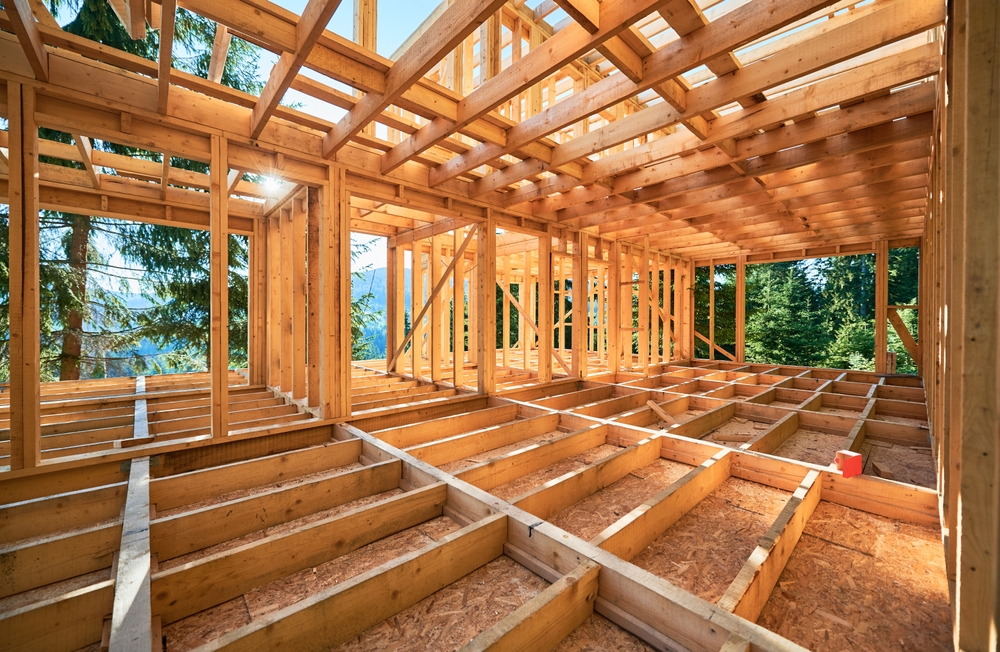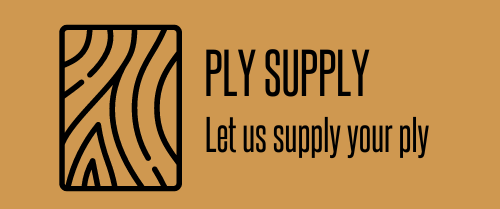Reasons Why Timber Framing Growing in Western Australia

For years, Western Australia has been synonymous with solid, double-brick homes. But a quiet revolution is underway. Timber Homes in Perth is gaining serious traction. And for good reason.
This shift towards timber frame house is driven by a combination of factors. From environmental benefits to affordability and design flexibility.
Let’s explore 15 reasons why timber framing is becoming an increasingly popular choice for homeowners in the west of Australia.
15 Reasons Why Timber Framing Growing in Western Australia
1. Fast Home Construction
One of the biggest appeals of timber framing is its speed. Traditional brick construction is time-consuming. It can take months and even more than a year. Often delayed by weather conditions. And the availability of skilled bricklayers.
Timber frames are built off-site in controlled conditions. This means less time spent on-site. Prefabricated timber frames and the expertise of builders mean that homes can be constructed quickly and efficiently. Reducing disruptions to your life and getting you into your new home sooner. Saving homeowners both time and money.
2. Durable, Strong & Long Life Expectancy
Contrary to popular belief. Timber-frame homes are incredibly durable. When properly treated and maintained. Timber can last for centuries. Modern timber treatments and construction techniques ensure that timber framed homes can withstand the test of time. Including harsh weather conditions.
Engineered wood products like plywood and laminated veneer lumber (LVL) create a sturdy skeleton for your home. Capable of withstanding harsh weather conditions. Plus, they’re lighter than traditional materials. Making them easier to transport and install.
3. Affordable Building Material
While the initial cost of a timber frame seems higher. The overall cost of building can be comparable to or even lower than brick.
Building with timber is often quicker than using other materials. Which means you could save on labour costs. Plus, timber homes can be more energy-efficient. Helping you save on heating and cooling bills. And, let’s face it, timber is usually cheaper than materials like brick or stone.
4. Design Flexibility and Aesthetics
Timber is a super versatile material. Timber framing offers design flexibility. Unlike brick. You can shape and bend it in lots of ways to build an amazing and beautiful custom timber frame home.
Whether you dream of a modern farmhouse, a rustic chalet, or a contemporary home. Timber can make your dream home a reality. And because timber is a natural material. It adds warmth and character to any space. Creating a welcoming atmosphere.
5. Easy Renovations
Want to add a room or change the layout of your home? If it’s made of timber. You’re in luck.
Timber is easy to work with. So, making changes to your home is much simpler than with other materials. Whether you’re adding an extension or renovating an existing timber-framed home.
There are also plenty of skilled builders who know how to work with timber, so finding someone to help with your renovation project shouldn’t be a problem.
6. Simple Installation of Services
Need to run pipes or wires through your walls? No problem. Timber is easy to drill into. Making it simple to install plumbing and electrical systems. This means less hassle and less damage to your home during the building process.
7. Fire Safety- Withstanding Nature’s Challenges
Western Australia is no stranger to natural disasters. Bushfires and cyclones are a reality. While fire is always a concern. Timber framing offers predictable behaviour in a fire situation.
Timber frames have proven to be surprisingly resilient in these situations. While no building is completely fireproof. Timber can withstand high temperatures better than some other materials.
When protected by cladding like brick or plasterboard. Timber maintains its structural integrity for a significant amount of time.
8. Termite Resistance
Timber is a naturally durable material. And modern treatments make it highly resistant to termites. In fact, many timber-framed homes in Australia are over a century old. Showcasing the material’s longevity.
When choosing timber for your home, make sure it’s treated to resist termites. Especially if you live in an area known for termite problems.
9. Timber Frame is Sustainably Sourced
Timber is a renewable resource. Making it an environmentally friendly choice. Compared to other building materials.
Most Australian timber comes from sustainably managed forests. Certified by organizations like the Forest Stewardship Council (FSC) and the Programme for the Endorsement of Forest Certification (PEFC) make sure these forests are looked after properly.
Ply Supply Tip: Look for timber products with FSC or PEFC certification. To make sure you’re buying wood that comes from responsibly managed forests.
10. Low Embodied Energy
Timber has a much lower embodied energy compared to materials like steel or concrete. This means it takes less energy to produce. Which is better for the environment.
For example, producing a ton of steel requires about 24 times more energy than producing a ton of wood. Choosing timber for your home can significantly reduce its overall environmental impact.
11. Lowers Emissions Due to Carbon Storage
Timber is a natural carbon store. Trees absorb carbon dioxide from the atmosphere as they grow. And this carbon is locked away in the wood.
By using timber in your home. You’re helping to keep carbon out of the atmosphere. Which helps to reduce greenhouse gas emissions and combat climate change. It’s like giving the planet a big hug.
12. Energy Efficient
Timber-framed homes are known for being energy efficient, which means they can help you save money on your energy bills. Timber is a natural insulator, helping to keep your home warm in winter and cool in summer. This means your heating and cooling systems won’t have to work as hard, saving you money on your energy bills.
Combine timber framing with proper insulation and energy-efficient windows and doors to maximize your home’s energy efficiency.
13. Natural Insulation
Timber is a fantastic natural insulator. Helping to regulate your home’s temperature. It acts like a barrier, keeping the cold out in winter and the heat out in summer.
The tiny air pockets inside the timber act like little traps. Slowing down the transfer of heat. This helps to regulate the temperature inside your home. This means your home stays comfortable all year round. Without relying heavily on heating or cooling systems.
Consider adding insulation to your timber-framed walls and ceilings. To further improve your home’s energy efficiency.
14. Quiet and Stable Living
Timber is a natural material that provides excellent sound insulation. Unlike other building materials. It absorbs sound waves instead of echoing them. Creating a peaceful and quiet living environment.
In addition to being quieter. Timber is also incredibly stable. It doesn’t expand or contract much with temperature changes. This means your home is less likely to experience cracks in the plaster or other structural issues over time.
This stability also contributes to a more comfortable living space as it helps to maintain a consistent indoor temperature.
15. Hybrid Construction Options
If you’re unsure about committing fully to timber framing. Consider a hybrid approach. This involves combining the benefits of timber framing with traditional stick framing in different areas of your home. This allows you to enjoy the benefits of timber framing while incorporating other materials as needed.
For example, you could use timber frames for the exterior walls. For their aesthetic appeal and energy efficiency. while using traditional framing for interior walls. This flexible approach allows you to customize your home to meet your specific needs and budget.
Final Words
Timber framing is experiencing a surge in popularity in Western Australia for good reason. It’s faster, more cost-effective, flexible, energy-efficient, and sustainable.
Plus, it looks great. If you’re considering building a new home. Timber framing is definitely worth exploring.
Ready to start your timber framing renovation project?
Ply Supply is your go-to Timber Frame Suppliers Perth. We provide top-quality structural, non-structural, hardwood plywood, and LVL plywood for all your building and renovation needs.
Contact Ply Supply today. Discuss your project and discover how we can help you build your dream home.
Timber Frame House FAQs
- How much does a timber house frame cost?
The cost of a timber house frame depends on things like the size of your house, its design, and the type of timber used. Generally, timber framing costs range from $1,300 to $1,500/m2. For 2024, the cost of a timber framed homes, including a SIP package. Typically ranges from $1,615 to $1,830/m2. The final cost of a timber frame home is usually between $3,770 and $4,035/m2. It’s best to ask local builders for accurate quotes.
- What timber is used for house framing in Australia?
Commonly used timbers for house framing in Australia include pine, hardwood, and engineered wood products like laminated veneer lumber (LVL). The choice of timber depends on factors like strength requirements, budget, and aesthetic preferences.
- How much does it cost to build a stud wall in Australia?
The cost of building a stud wall in Australia depends on multiple factors. Like wall size, insulation, and finishes. Timber framing can be more cost-effective than traditional stud walls. Due to faster construction times and potential energy savings.
- What size timber is used for house framing in Australia?
In Australia, timber wall frames usually use studs that are either 70mm or 90mm deep, with a thickness of 35mm or 45mm. The spacing between studs is typically 450 to 600mm. The exact size depends on how much weight the frame needs to hold.
- What is the difference between a wooden frame and a timber frame?
While often used interchangeably. There is a slight difference. Wooden frame typically refers to a stick-built construction. Where individual pieces of timber are assembled on-site. Timber frame involves prefabricated panels assembled into a larger structure.
- Should timber frame be treated?
Yes, timber frames should be treated with appropriate products to protect against pests, rot, and fire. Consult with a timber expert for specific recommendations.
